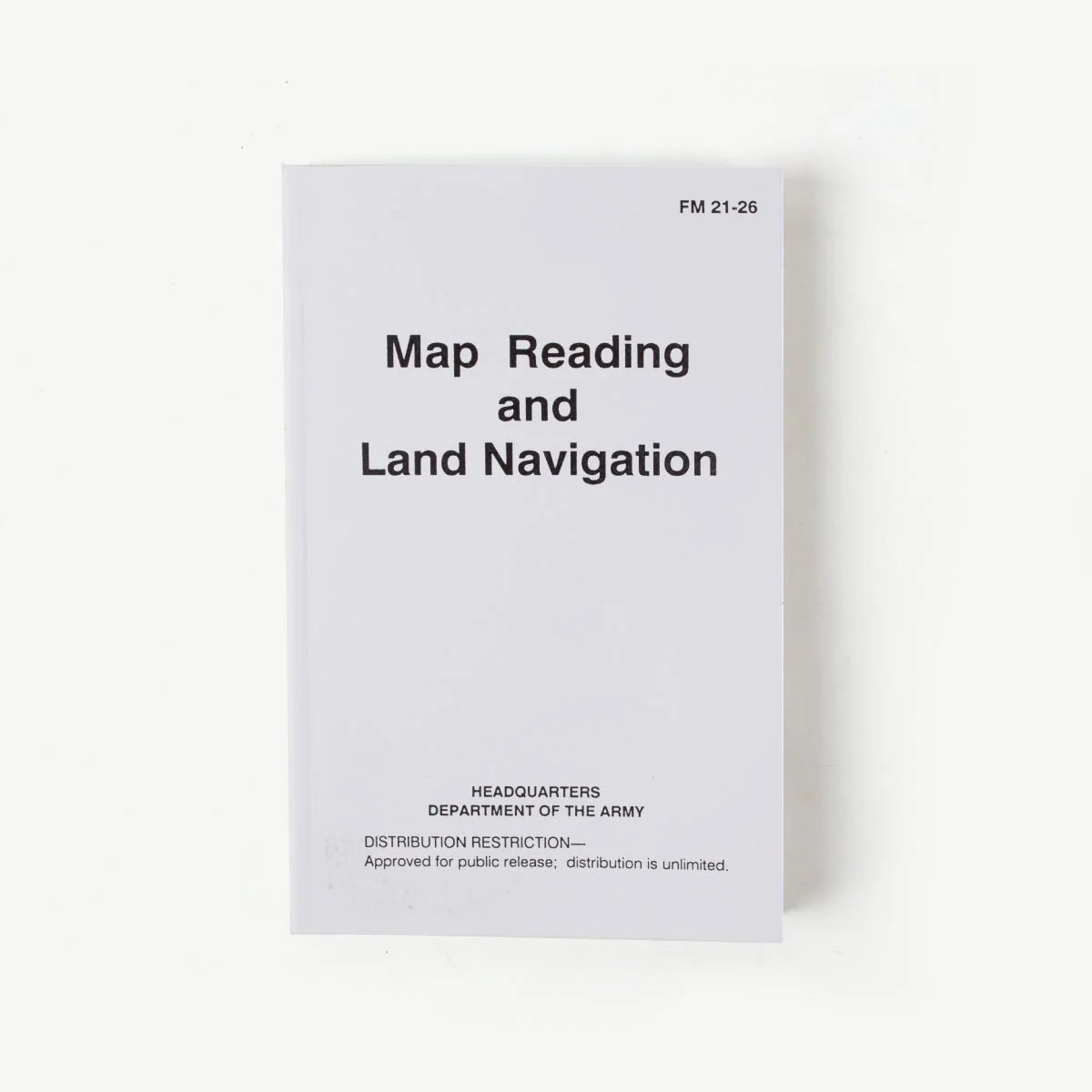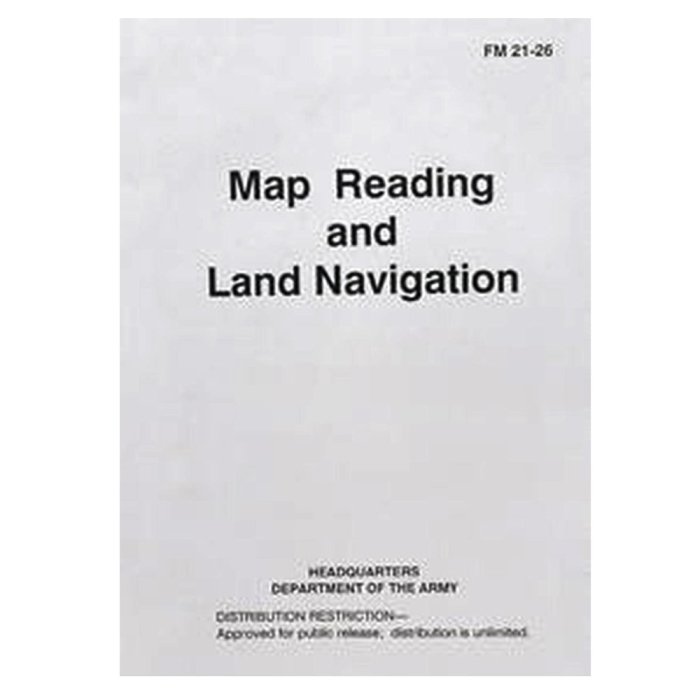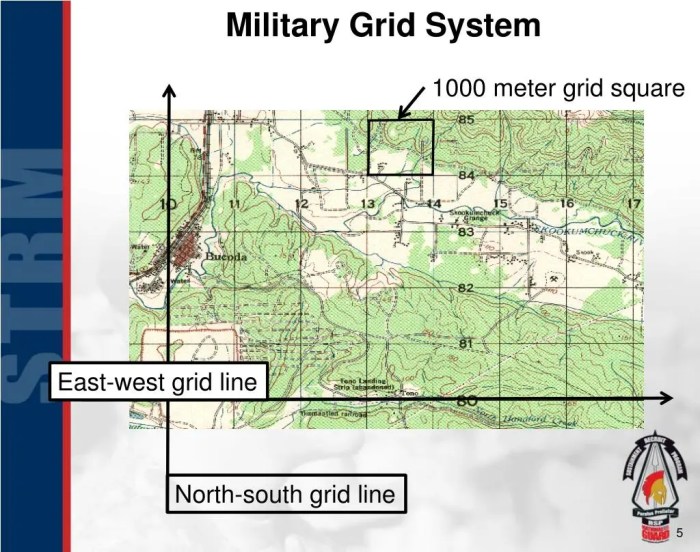Embark on a journey of discovery with the Map Reading and Land Navigation DLC, your ultimate guide to navigating the wilderness with precision. Whether you’re a seasoned adventurer or a novice explorer, this DLC empowers you with the knowledge and techniques to confidently traverse unfamiliar terrains.
From deciphering map symbols to utilizing GPS devices, this DLC provides a comprehensive understanding of the art of map reading and land navigation. Step into the great outdoors with confidence, equipped with the skills to locate yourself, plan routes, and navigate challenging environments.
Map Reading Fundamentals

Map reading involves interpreting symbols and data on a map to understand the physical and human features of an area. Maps provide valuable information for navigation, planning, and decision-making.
Different types of maps exist, including topographic maps, road maps, and thematic maps. Each type serves specific purposes, such as terrain analysis, route planning, or visualizing data.
Understanding scale, symbols, and legends is crucial for accurate map interpretation. Scale indicates the relationship between the map and the actual ground distance, while symbols represent various features on the map, and legends explain the meaning of these symbols.
Land Navigation Techniques

Land navigation involves determining one’s location and direction of travel in the outdoors. Various methods exist, including compass navigation, GPS navigation, and dead reckoning.
Compass navigation utilizes a compass to align with magnetic north and determine direction. Using a map and a compass together allows for accurate navigation and route planning.
GPS (Global Positioning System) devices provide precise location and navigation information. GPS receivers use satellite signals to determine latitude, longitude, and altitude.
Map Reading and Land Navigation in Practice

Map reading and land navigation skills are essential in various outdoor activities, such as hiking, camping, and orienteering. They enable individuals to navigate unfamiliar terrain, plan routes, and respond to unexpected situations.
Challenges and risks associated with map reading and land navigation include weather conditions, terrain hazards, and the potential for getting lost. Proper preparation, including having a map, compass, and necessary gear, is crucial for safe navigation.
Advanced Map Reading and Land Navigation Techniques

Advanced map reading and land navigation techniques are employed in specialized fields, such as surveying, search and rescue, and military operations.
These techniques include advanced compass navigation, celestial navigation, and the use of specialized equipment and software. Advanced navigation techniques enhance accuracy and efficiency in complex terrain and challenging conditions.
Map Reading and Land Navigation in Digital Environments
Map reading and land navigation are also applied in digital environments, such as online maps and GPS apps. These tools provide convenient and accessible navigation options.
Online maps, like Google Maps and OpenStreetMap, offer real-time traffic updates, satellite imagery, and turn-by-turn navigation. GPS apps on smartphones and handheld devices provide similar functionality, leveraging GPS technology for precise location tracking.
FAQ Section: Map Reading And Land Navigation Dlc
What is the primary benefit of using a compass during land navigation?
A compass provides an accurate reference point for determining your direction of travel, allowing you to orient yourself in unfamiliar territory.
How can I use a map to estimate the distance between two points?
Using the map’s scale, measure the distance between the points on the map and then convert it to the actual ground distance using the scale ratio.
What are the advantages of using GPS devices for navigation?
GPS devices provide real-time location tracking, allow for route planning and tracking, and can be used in conjunction with maps for enhanced accuracy.